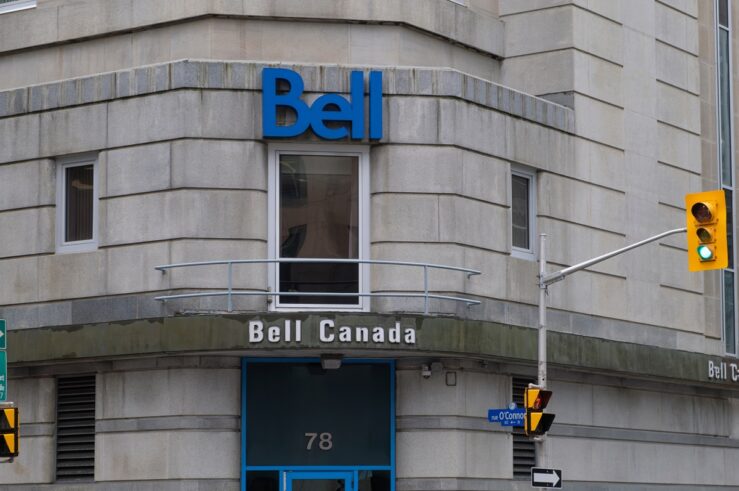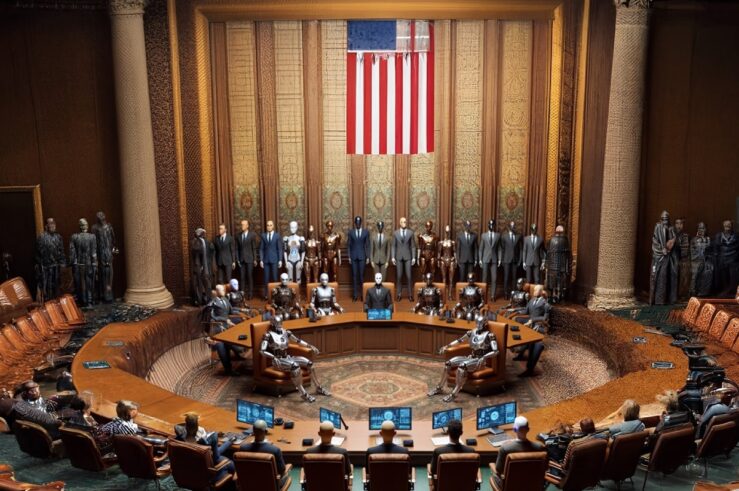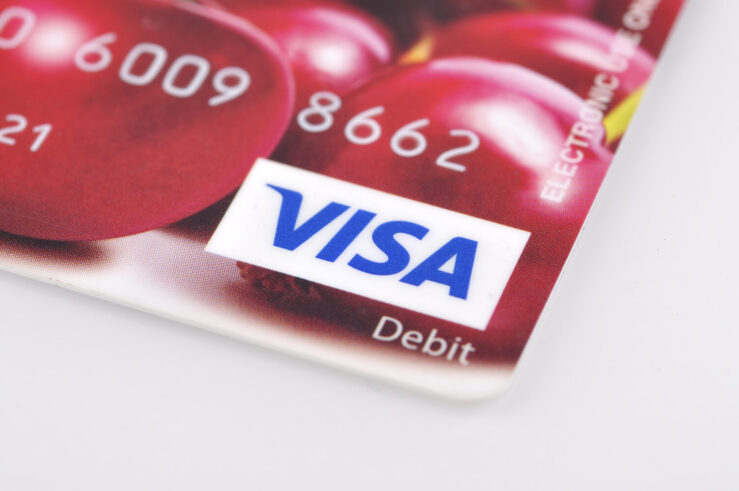Thanks to the Truth on the Market bloggers for having me. I’m a long-time fan of the blog, and excited to be contributing.
The Third Circuit will soon review the appeal of generic drug manufacturer, Mylan Pharmaceuticals, in the latest case involving “product hopping” in the pharmaceutical industry — Mylan Pharmaceuticals v. Warner Chilcott.
Product hopping occurs when brand pharmaceutical companies shift their marketing efforts from an older version of a drug to a new, substitute drug in order to stave off competition from cheaper generics. This business strategy is the predictable business response to the incentives created by the arduous FDA approval process, patent law, and state automatic substitution laws. It costs brand companies an average of $2.6 billion to bring a new drug to market, but only 20 percent of marketed brand drugs ever earn enough to recoup these costs. Moreover, once their patent exclusivity period is over, brand companies face the likely loss of 80-90 percent of their sales to generic versions of the drug under state substitution laws that allow or require pharmacists to automatically substitute a generic-equivalent drug when a patient presents a prescription for a brand drug. Because generics are automatically substituted for brand prescriptions, generic companies typically spend very little on advertising, instead choosing to free ride on the marketing efforts of brand companies. Rather than hand over a large chunk of their sales to generic competitors, brand companies often decide to shift their marketing efforts from an existing drug to a new drug with no generic substitutes.
Generic company Mylan is appealing U.S. District Judge Paul S. Diamond’s April decision to grant defendant and brand company Warner Chilcott’s summary judgment motion. Mylan and other generic manufacturers contend that Defendants engaged in a strategy to impede generic competition for branded Doryx (an acne medication) by executing several product redesigns and ceasing promotion of prior formulations. Although the plaintiffs generally changed their products to keep up with the brand-drug redesigns, they contend that these redesigns were intended to circumvent automatic substitution laws, at least for the periods of time before the generic companies could introduce a substitute to new brand drug formulations. The plaintiffs argue that product redesigns that prevent generic manufacturers from benefitting from automatic substitution laws violate Section 2 of the Sherman Act.
Product redesign is not per se anticompetitive. Retiring an older branded version of a drug does not block generics from competing; they are still able to launch and market their own products. Product redesign only makes competition tougher because generics can no longer free ride on automatic substitution laws; instead they must either engage in their own marketing efforts or redesign their product to match the brand drug’s changes. Moreover, product redesign does not affect a primary source of generics’ customers—beneficiaries that are channeled to cheaper generic drugs by drug plans and pharmacy benefit managers.
The Supreme Court has repeatedly concluded that “the antitrust laws…were enacted for the protection of competition not competitors” and that even monopolists have no duty to help a competitor. The district court in Mylan generally agreed with this reasoning, concluding that the brand company Defendants did not exclude Mylan and other generics from competition: “Throughout this period, doctors remained free to prescribe generic Doryx; pharmacists remained free to substitute generics when medically appropriate; and patients remained free to ask their doctors and pharmacists for generic versions of the drug.” Instead, the court argued that Mylan was a “victim of its own business strategy”—a strategy that relied on free-riding off brand companies’ marketing efforts rather than spending any of their own money on marketing. The court reasoned that automatic substitution laws provide a regulatory “bonus” and denying Mylan the opportunity to take advantage of that bonus is not anticompetitive.
Product redesign should only give rise to anticompetitive claims if combined with some other wrongful conduct, or if the new product is clearly a “sham” innovation. Indeed, Senior Judge Douglas Ginsburg and then-FTC Commissioner Joshua D. Wright recently came out against imposing competition law sanctions on product redesigns that are not sham innovations. If lawmakers are concerned that product redesigns will reduce generic usage and the cost savings they create, they could follow the lead of several states that have broadened automatic substitution laws to allow the substitution of generics that are therapeutically-equivalent but not identical in other ways, such as dosage form or drug strength.
Mylan is now asking the Third Circuit to reexamine the case. If the Third Circuit reverses the lower courts decision, it would imply that brand drug companies have a duty to continue selling superseded drugs in order to allow generic competitors to take advantage of automatic substitution laws. If the Third Circuit upholds the district court’s ruling on summary judgment, it will likely create a circuit split between the Second and Third Circuits. In July 2015, the Second Circuit court upheld an injunction in NY v. Actavis that required a brand company to continue manufacturing and selling an obsolete drug until after generic competitors had an opportunity to launch their generic versions and capture a significant portion of the market through automatic substitution laws. I’ve previously written about the duty created in this case.
Regardless of whether the Third Circuit’s decision causes a split, the Supreme Court should take up the issue of product redesign in pharmaceuticals to provide guidance to brand manufacturers that currently operate in a world of uncertainty and under the constant threat of litigation for decisions they make when introducing new products.




